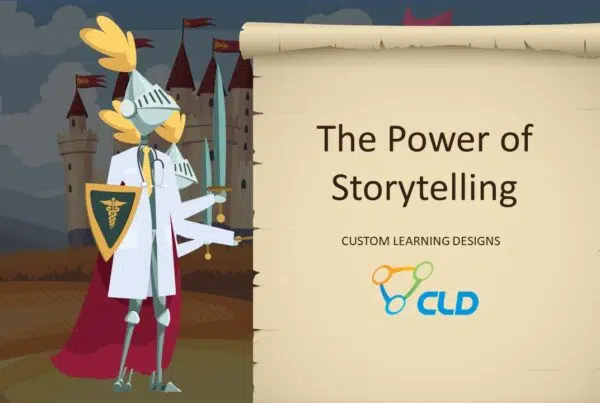As someone in charge of training your sales staff, you have the difficult task of selecting a vendor who can best help you achieve your organizational goals. The following fabricated scenario has been created to provide you with insights on whether microlearning is the appropriate tool to ensure that your goals are met. At the end of the scenario, you determine which vendor has considered the appropriate use of microlearning.

“We are launching a new oncology drug at the end of the year. We would like you to submit a proposal, and make sure your proposal develops the entire course using microlearning.”
Pharma/Biotech Client
“Absolutely! Microlearning is all the rage. People only have short attention spans so we can definitely create training that explains everything a sales rep needs to know in short bite-sized fragmented bursts of information…no problem.”
Training Agency #1


“Every training program should consider the use of microlearning to help learners retain key information; however, it’s important to consider how best to leverage its advantages, while avoiding its drawbacks. Let’s walk through a few questions to help us determine where microlearning is and isn’t helpful.”
Training Agency #2
So, our recommendation would be to let the content drive the development solution, while ensuring that we take advantage of microlearning where it can best benefit the learner and your organization.
Who do you support?
After reading this scenario, which vendor would you prefer to support you? Vendor #1 who responds to the request without fully comprehending the pros and cons of microlearning, or Vendor #2 who is well-versed in its advantages and disadvantages? It’s up to you.





